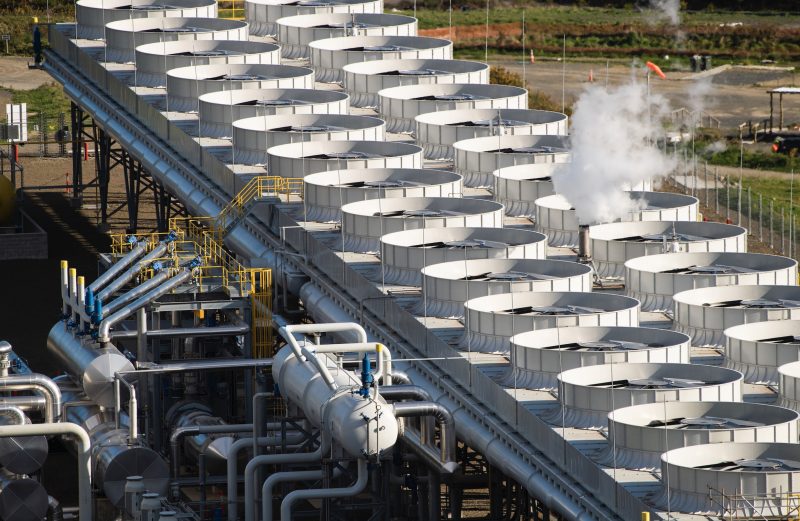Since independence, Tajikistan has done a remarkable job in reducing poverty. Between 2000 and early 2015, poverty fell from over 83% to about 31%. Tajikistan’s pace of poverty reduction over the past 15 years has been among the top 10% in the world.
However, the country has done less well in reducing non-monetary poverty. Recently available micro-data suggest that limited or no access to education (secondary and tertiary), heating, and sanitation are the main contributors to non-monetary poverty. These three are the most unequally distributed services, with access to education varying by income level and heating and sanitation by location.
The Government of Tajikistan has set ambitious goals to be reached by 2020: to double GDP, reduce poverty to 20%, and expand the middle class.
To achieve higher growth, Tajikistan needs to implement a deeper structural reform agenda designed to: (a) reduce the role of the state and enlarge that of the private sector in the economy through a more favorable business climate, thus increasing private investment and generating more productive jobs; (b) modernize and improve the efficiency and social inclusiveness of basic public services; and (c) enhance the country’s connectivity to regional and global markets and knowledge.
The difficult environment for doing business in Tajikistan, as well as obstacles to foreign direct investment, have discouraged private investment and limited overall investment. Averaging about 15% of GDP annually since 2008, total investment is low by regional and international standards.
The main obstacles cited by both local and foreign entrepreneurs are inadequate infrastructure, in particular an insufficient and unreliable energy supply; weak rule of law, especially as regards property rights; and an overly burdensome tax policy and administration. Increased private investment and new business development are crucial prerequisites for increased job creation.







